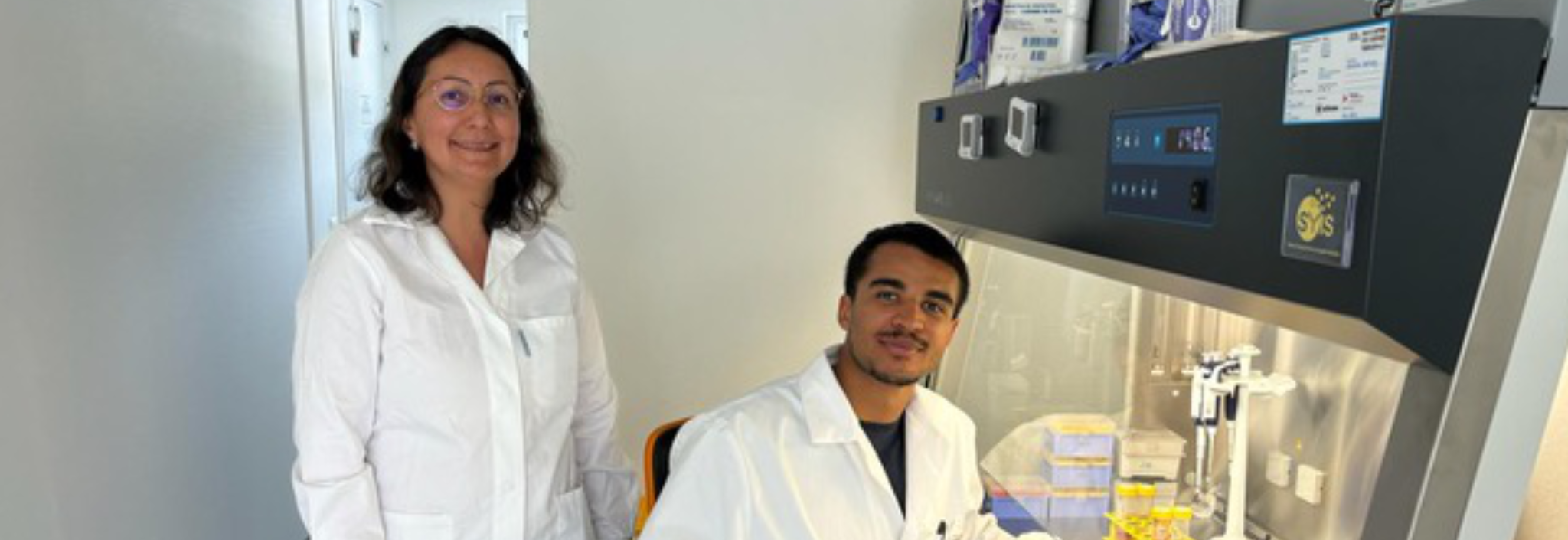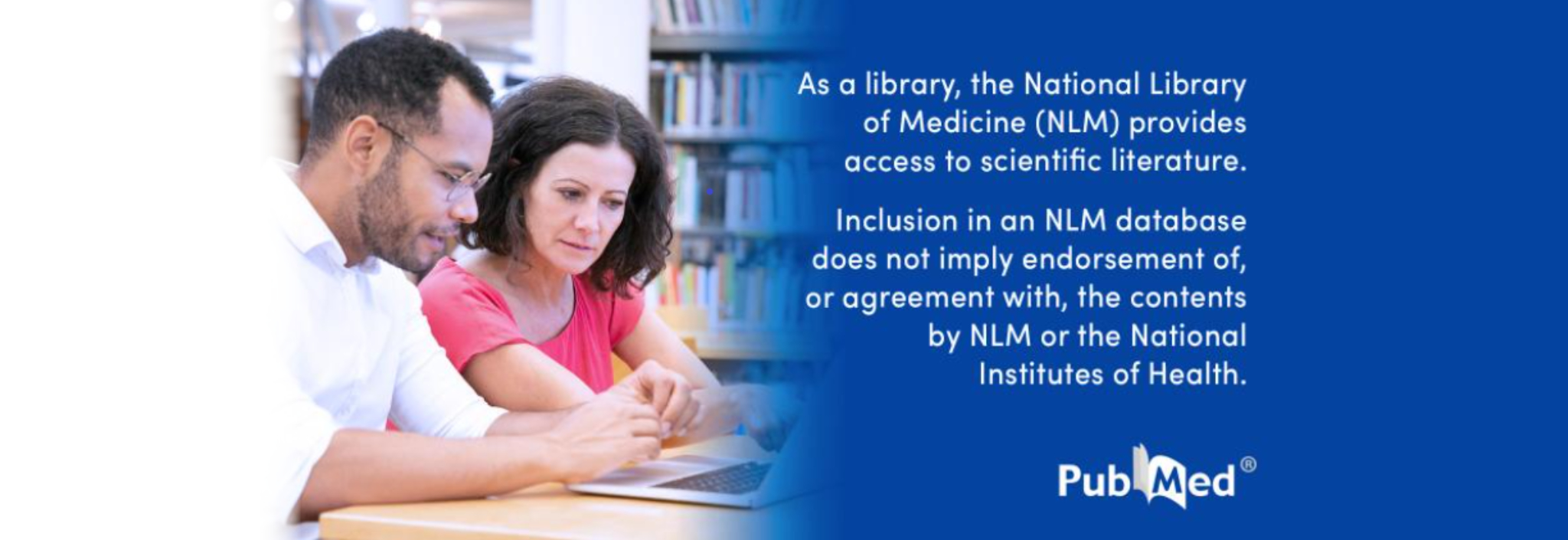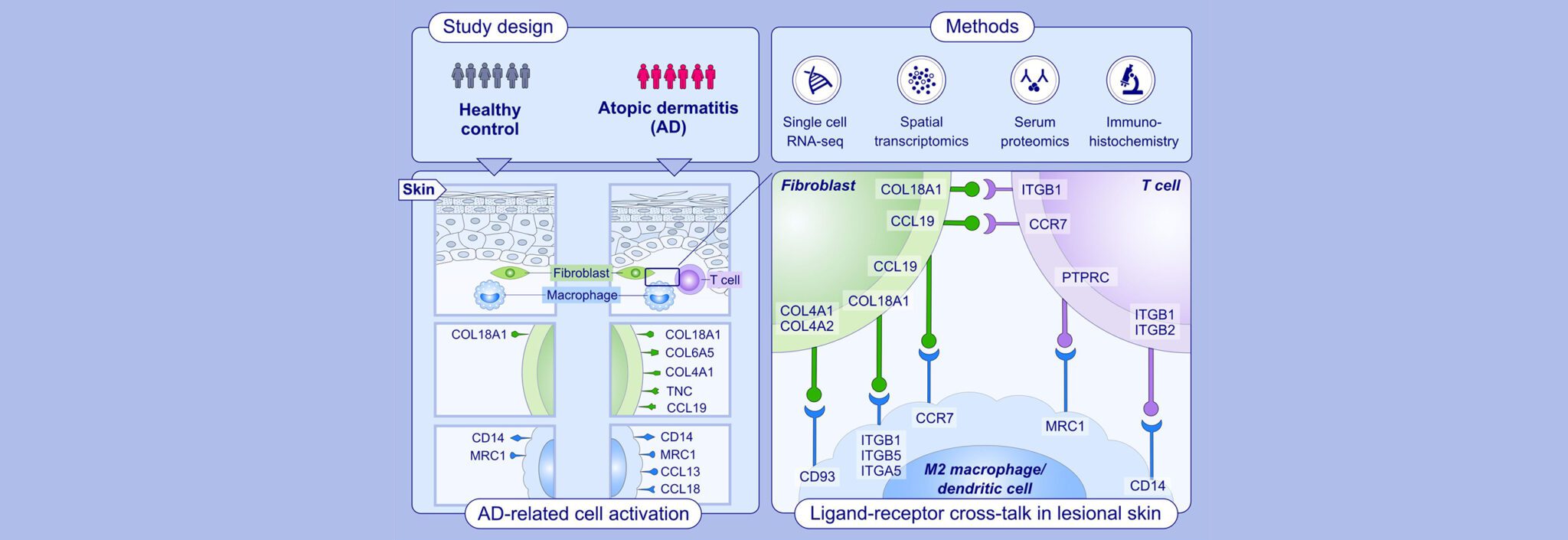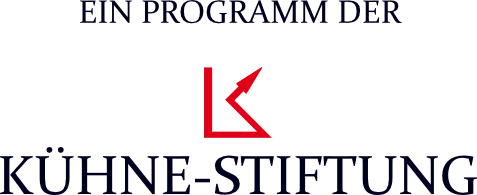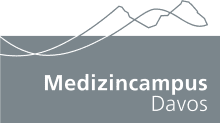On 13 September 2016, the Bavarian Cabinet approved the setting up of the world’s first automatic pollen monitoring network (ePIN) as part of the “Bayern Digital” initiative (Press Release 253, Bavarian State Chancellery). The initiative, jointly supported by the two ministries of “Environment and Consumer Protection” (StMUV) and “Health and Care Services” (StMGP), is based on preliminary studies by the Centre for Allergy and Environment (ZAUM) of the Technical University of Munich, a partner of CK-CARE.
The network involves several innovations:
In a pilot study, a maximum network of 27 pollen monitors was set up in Bavaria and operated for a year. These established which locations are sufficient and necessary for determining the pollen count in Bavaria. As Bavaria, can be subdivided into eight pollen count regions, eight stations are sufficient for reliable measuring. This meant that the cost and complexity of pollen monitoring could be reduced.
In a three-year experiment, the suitability of an automated pollen monitor was compared with that of the classic manual method (microscopy). The error rate was equally high but of a different character for the two methods. The greatest error for the automated method was that not all pollens were recognized (if they varied from the classic external appearance) and were consequently classified as “unknown”. As a result of repeated use of the system, the recognition software will automatically improve over time. By contrast, the manual systems have already been optimised and cannot be further improved.
The new system will be set up from 2017 to 2018 and should be running continuously from 2019. Similar efforts are being made in Switzerland, but this favour using the monitor from a Swiss company.
The system has enormous advantages for patients: the pathogens causing the common disease of pollen allergy or “hay fever” (over 80% of allergy sufferers are allergic to pollen) are visualised on line with this system and give patients the opportunity to react specifically to the triggers of their condition, especially since the system allows far more accurate pollen forecasts to be made than in the past.


